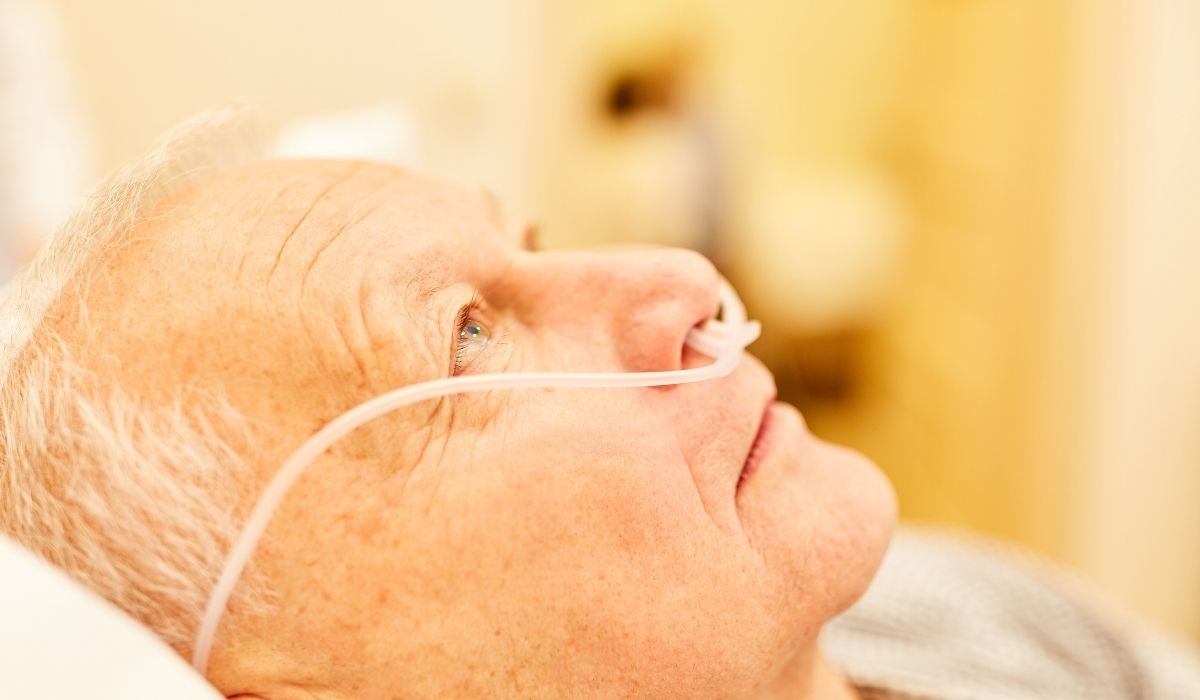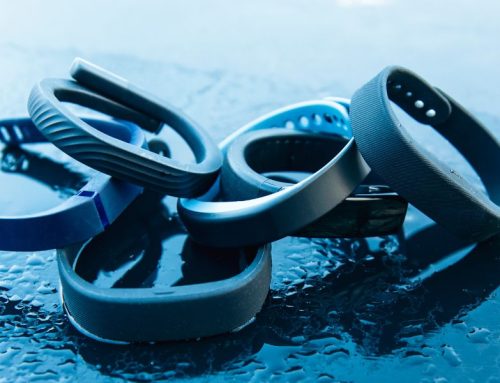Medical device manufacturing is one of the most highly regulated industrial sectors. The products they create directly and indirectly impact end-users, ranging from clinicians and hospitals to patients. Manufacturers risk far more than litigation if their products fail because such events can have life-or-death implications. This fact means they are responsible for delivering near zero-defect production for every single lot, which requires best practices and the most modern tools and methods possible to ensure quality. Dip-molding of medical devices is the solution to many of these issues.
Dip Molding and Coating Processes
Dip molding and coating are processes using liquid polymers, natural or synthetic rubber, or even latex in some instances. In dip molding, metal molds (called mandrels) are heated and dipped into the selected material, after which the products go into a heated oven for curing. With dip coating, the metal product itself is heated and immersed in the liquid, then cooled and reheated to cure it. The product’s or coating’s thickness is determined by the length of time the mandrel remains in the liquid.
Medical Devices Using this Process
These high-quality and cost-effective dip molding and coating options are used in a wide range of medical devices, including:
- Esophageal stethoscopes. These are used to monitor heart rate, breathing, and core body temperature during surgery. These stethoscopes contain a critical dip molded component that contains the delicate internal workings and technology required to monitor temperature and sound. The stethoscope cuff, which can be lubricated when inserting the device into the patient, is also dip-coated to cover the sharp end of the extruded tubing.
- Nasal cannulas. These devices consist of lightweight tubing split into two prongs that are used to deliver oxygen or extra airflow to respiratory patients. The rubberized cannulas are hollow plastic tubes placed in the nostrils through which a mixture of air and oxygen flows. Conditions treated include asthma, bronchopulmonary dysplasia, underdeveloped lungs in newborns, chronic obstructive pulmonary disease (COPD), cystic fibrosis, pneumonia, and sleep apnea.
- Endotracheal tubing. Dip-molded, spring-reinforced endotracheal tubes used as airway management devices feature a “no crush” design that ensures the patient’s airway remains open. The purpose of this tubing is to keep the patient’s airway open during surgical and other procedures to deliver oxygen, medicine, or anesthesia. It is also used to support breathing during certain medical conditions, such as pneumonia, emphysema, heart failure, collapsed lung, or severe trauma.
- Perfusion cannula. Similar in appearance to endotracheal tubing, wire-reinforced, dip-molded perfusion cannulas are used for multiple cardiovascular applications. These cannulas connect patients to heart/lung machines during open-heart surgery and other delicate procedures. Dip molding medical devices also allow for localized medication delivery into the blood vessel lumen and directly into the vessel wall at low pressure.
- Y-Connectors. These are adapters used to connect a single device, cable, or tubing to two devices, cables, or tubes. For example, in a hospital environment, several different types of medical devices may be in use at the same time. In settings such as an ICU, cardiac care unit, or emergency department, patients may require dozens of different devices at once. Food, medication, and other therapies connect to their own custom medical devicesbut are often packaged in tubing sets to combine all the delivery mechanisms into one or two entry points. Dip-molded Y-connectors are often used for draining wounds because they allow clinicians to link almost all connections and provide visual monitoring of the fluids.
- Catheter balloons. These are life-saving medical components used during procedures such as angioplasty to expand arteries, during stent placement to enlarge the stent, and to treat ureteropelvic junction obstructionscaused by fibrosis or hypertrophic wall problems.
- Enema tips. Dip molded enema tips are used during colonoscopies, flexible sigmoidoscopies, and other procedures to diagnose gastrointestinal tract conditions. By dip molding medical devices, these tips have a smooth, cushioned surface that can be lubricated to ensure minimal patient discomfort. Providers get peace of mind that perforations are unlikely to occur because all solid edges are contained within the rubberized exterior.
Any of these devices can include antimicrobial additives to the liquid polymer or rubber, which helps reduce contamination and the number of hospital-transmitted infections.
Benefits for Manufacturers, Providers, and Patients
Dip-molding of custom medical devices offers a range of benefits for manufacturers and the providers who use their products. It also helps to facilitate more comfortable patient experiences. Patients who are satisfied with the equipment quality and the comfort level provided during a medical procedure are more inclined to recommend a facility to others. This improves occupancy rates, increases revenue, and boosts your institution’s profitability.
For more information on dip molding medical devices and the benefits to your company, please contact us at 810.376.2085.



